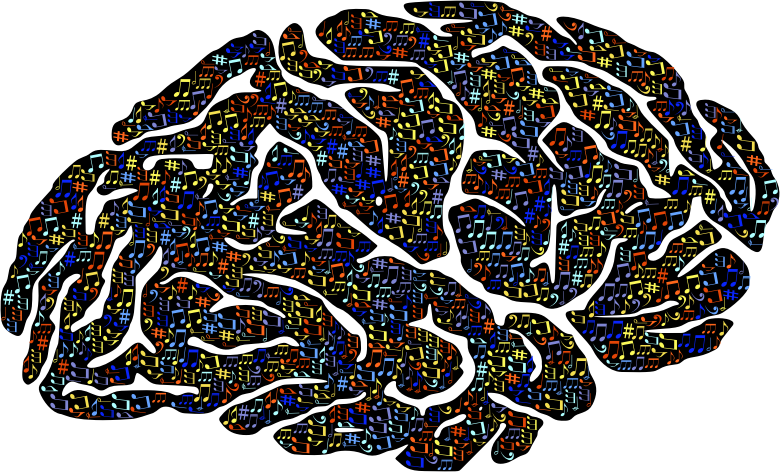Imagining music and silences during real music are all the same to your brain
Embargoed until:
Publicly released:
2021-08-03 03:00
Imagining a song triggers similar brain activity as moments of silence in music, according to a pair of studies by an international team of scientists. They say their results show that the brain, which attempts to predict what will come next when we listen to music, continues to respond to it, even when no music is playing. And surprising moments in music, such as a very loud note or an off-key chord, increase brain activity in the listener, they add. The team scanned musicians' brains while they listened to or imagined listening to Bach. Brain activity while imagining the music was the opposite of actually listening to it, so when one was positive, the other was negative. And the same activity occurred in silent moments of the tunes when there could have been a note, but wasn’t. Because there is no sensory input when there's no music, the observed activity must be caused by the brain's predictions, the researchers say.
Journal/conference: JNeurosci
Research: Paper
Organisation/s: PSL University, France
Funder: These studies were supported by an Advanced ERC grant (NEUME, 787836), and AFOSR & NSF grants to Shihab Shamma, FrontCog grant ANR-20 17-EURE-0017, PSL Idex ANR-10-IDEX-0001-02 and a PhD scholarship from the Research Chair on Beauty studies PSL – L’Oreal to Guilhem Marion.
Media release
From: Society for Neuroscience
Imagined Music and Silence Trigger Similar Brain Activity
Our brains encode musical predictions even when music doesn’t play
Imagining a song triggers similar brain activity as moments of silence in music, according to a pair of studies recently published in JNeurosci. The results reveal how the brain continues responding to music, even when none is playing.
When we listen to music, the brain attempts to predict what comes next. A surprise, such as a loud note or disharmonious chord, increases brain activity. Yet it is difficult to isolate the brain’s prediction signal because it also responds to the actual sensory experience.
Di Liberto, Marion, and Shamma used EEG to measure the brain activity of musicians while they listened to or imagined Bach piano melodies. Activity while imagining music had the opposite polarity of activity while listening to music, meaning when one was positive, the other was negative. The same type of activity occurred in silent moments of the songs when statistically there could have been a note, but there wasn’t. There is no sensory input during silence and imagined music, so this activity comes from the brain’s predictions. The research team also decoded the brain activity to determine which song someone was imagining. The researchers find music is more than a sensory experience for the brain. Instead, the brain keeps making predictions even when music is not playing.
Attachments:
Note: Not all attachments are visible to the general public
-
Society for Neuroscience
Web page
-
Society for Neuroscience
Web page


